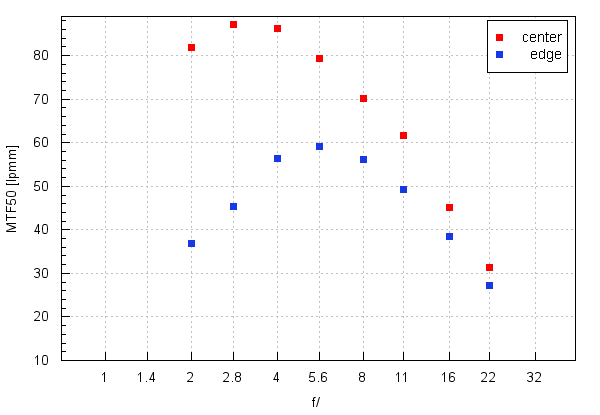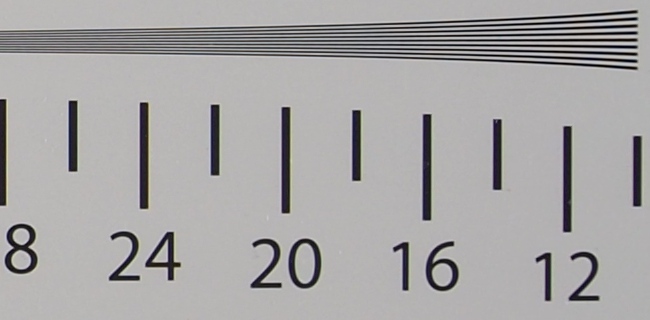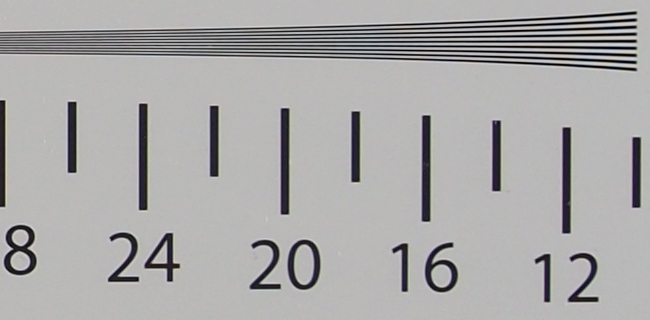Venus Optics LAOWA 7.5 mm f/2 MFT
4. Image resolution
The best fixed focal legth lenses attached to the OM-D E-M5 Mark II can get as high as 80-85 lpmm and the decency level we set near 47-49 lpmm. These results might change slightly as our database of tests performed with the new camera grows but even now they allow us to assess the results in a reliable and repetitive way. Let’s check how the Laowa compares in the centre and on the edge of the frame.

Please Support UsIf you enjoy our reviews and articles, and you want us to continue our work please, support our website by donating through PayPal. The funds are going to be used for paying our editorial team, renting servers, and equipping our testing studio; only that way we will be able to continue providing you interesting content for free. |
- - - - - - - - - - - - - - - - - - - - - - - - - - - - - - - - - - - - - - - - - - - - - - - -
The results in the frame centre are simply sensational. At the maximum relative aperture the Laowa 2/7.5 is able to exceed a level of 80 lpmm, being shaper than some primes produced by Olympus and Panasonic after stopping down. What’s more, at f/2.8 – 4.0 it reaches 86-87 lpmm, a level no other lens tested on the Olympus E-M5 Mark II has approached so far.
If you look at the edge of the frame for a change, you might be in for a shock. Our worries concerning the fact that it is virtually impossible to construct an ultra wide-angle lens which is fast aperture-wise, physically small and sharp on the edge of the frame were completely substantiated. By f/2.0 and f/2.8 the images are weak; only after employing f/4.0 or so the resolution becomes acceptable.
Sad but true – everything has a price. In this case you got a small, fast lens with a sensational image quality in the frame centre but rather average image quality on the edge. If you think about buying the Laowa you must take into account the fact that you’ll have to close down your lens significantly in order to get good quality pictures across the frame.
At the end of this chapter, traditionally, we present crops taken from photos of our resolution testing chart, saved as JPEG files along RAW files we used for the analysis above.
| Olympus E-M5 II, JPEG, f/2.0 |
 |
| Olympus E-M5 II, JPEG, f/2.8 |
 |






